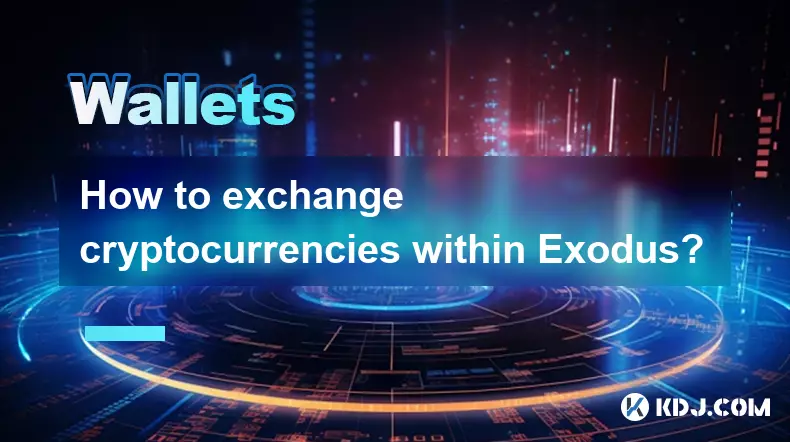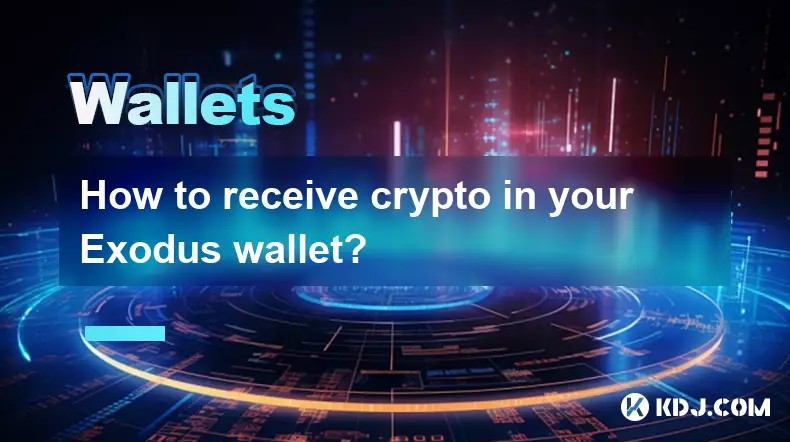-
 bitcoin
bitcoin $114050.498472 USD
2.69% -
 ethereum
ethereum $4371.902473 USD
1.67% -
 xrp
xrp $2.995548 USD
1.55% -
 tether
tether $1.000215 USD
0.04% -
 bnb
bnb $892.359281 USD
1.43% -
 solana
solana $224.837338 USD
4.00% -
 usd-coin
usd-coin $0.999716 USD
-0.03% -
 dogecoin
dogecoin $0.246520 USD
3.37% -
 tron
tron $0.341142 USD
1.74% -
 cardano
cardano $0.886598 USD
2.57% -
 hyperliquid
hyperliquid $55.973026 USD
5.62% -
 chainlink
chainlink $23.669165 USD
2.89% -
 ethena-usde
ethena-usde $1.000760 USD
-0.02% -
 sui
sui $3.612536 USD
3.80% -
 stellar
stellar $0.388361 USD
4.33%
How to send crypto from Bitstamp to another exchange
Always verify network compatibility and double-check wallet addresses before sending crypto from Bitstamp to another exchange to avoid irreversible fund loss.
Sep 11, 2025 at 03:00 pm

Sending Cryptocurrency from Bitstamp to Another Exchange
Transferring digital assets from Bitstamp to another exchange is a common activity for traders seeking better liquidity, lower fees, or access to different tokens. While the process may vary slightly depending on the receiving platform, the general steps remain consistent across most services. Understanding how to securely and efficiently move funds ensures minimal delays and reduces the risk of loss.
Preparation Before Initiating the Transfer
1. Verify withdrawal support on Bitstamp.Bitstamp allows withdrawals for several major cryptocurrencies including Bitcoin (BTC), Ethereum (ETH), Litecoin (LTC), Ripple (XRP), and others. Confirm that the cryptocurrency you intend to send is supported for withdrawal on your Bitstamp account.
2. Log in and enable two-factor authentication (2FA).
Ensure your Bitstamp account has 2FA enabled. This security measure protects your funds during the withdrawal process and is often required before any outbound transaction can be executed.
3. Check network compatibility with the destination exchange.
Different blockchains support the same token through various networks. For example, USDT can be sent via ERC-20, TRC-20, or BEP-20. Sending via an incompatible network may result in permanent fund loss. Always confirm which network the receiving exchange supports for that specific asset.
4. Gather the correct deposit address and memo (if required).
Log into the destination exchange and navigate to its deposit section. Copy the wallet address designated for the specific cryptocurrency. Some tokens like XRP or EOS require a destination tag or memo. Omitting this detail could delay or prevent credit of your funds.
5. Review Bitstamp’s withdrawal limits and fees.
Bitstamp enforces daily withdrawal limits based on verification level and may charge network or processing fees. These details are visible within the withdrawal interface and should be reviewed prior to submission.
Executing the Withdrawal on Bitstamp
1. Navigate to the Withdraw section.After logging in, go to the “Withdraw” tab under the Wallets or Funds section. Select the cryptocurrency you wish to transfer from the available options.
2. Enter the recipient’s wallet address.
Paste the deposit address copied from the receiving exchange. Double-check each character. Even one incorrect letter or number can send funds to an unrecoverable location.
3. Input the amount to transfer.
Type in the quantity of crypto you want to send. You may choose “Max” to transfer the entire balance minus fees, but it's safer to leave a small buffer, especially when dealing with gas-heavy networks like Ethereum.
4. Confirm network selection.
If multiple networks are available for the selected token, choose the one compatible with the destination exchange. For instance, use ERC-20 for Ethereum-based tokens if the receiving platform accepts deposits over Ethereum.
5. Approve the transaction using 2FA.
After submitting the withdrawal request, Bitstamp will prompt for authentication via Google Authenticator, SMS, or email. Complete this step to finalize the transaction. Once confirmed, the transfer is irreversible.
Post-Withdrawal Verification and Troubleshooting
1. Monitor the transaction hash (TXID).After confirmation, Bitstamp provides a transaction ID. Use a blockchain explorer like Etherscan or Blockchain.com to track the status of your transfer. This helps verify that the transaction has been broadcasted and confirmed.
2. Allow time for network confirmations.
Each blockchain requires a certain number of confirmations before the receiving exchange credits the deposit. Bitcoin might take 3–6 confirmations; Ethereum-based transfers usually require 12–30. This duration depends on network congestion and fee levels.
3. Contact support only if necessary.
If the transaction remains unconfirmed for an unusually long period or does not appear on the blockchain, contact Bitstamp support with the TXID. If the transaction is confirmed but not credited by the receiving exchange, reach out to their customer service with proof of transfer.
4. Avoid reusing addresses unnecessarily.
While some exchanges generate static deposit addresses, others provide new ones per deposit. Reusing an old address where unsupported may lead to lost funds. Always obtain a fresh address when in doubt.
5. Keep records of all transactions.
Maintain a personal log of withdrawal dates, amounts, addresses, and TXIDs. This documentation proves useful for tax reporting, audits, or resolving disputes.
Frequently Asked Questions
What happens if I send crypto using the wrong network?Sending a token over an unsupported network typically results in permanent loss. For example, transferring BEP-20 USDT to an exchange that only accepts ERC-20 deposits without a recovery option means the funds are inaccessible. Always verify network compatibility before initiating a transfer.
Why hasn’t my deposit appeared on the receiving exchange yet?Delays occur due to insufficient network confirmations, high traffic on the blockchain, or missing memos. Check the TXID on a blockchain explorer. If the transaction is confirmed but still not credited, contact the receiving exchange’s support team with the proof of transfer.
Can I cancel a withdrawal after it’s been confirmed?No. Once a cryptocurrency transaction is signed and broadcasted to the network, it cannot be canceled or reversed. This immutability is a core feature of blockchain technology. Ensure all details are correct before confirming the withdrawal.
Does Bitstamp charge fees for crypto withdrawals?Yes. Bitstamp applies withdrawal fees that vary by cryptocurrency. These fees cover network transaction costs and may change based on congestion. The exact fee is displayed during the withdrawal process before confirmation.
Disclaimer:info@kdj.com
The information provided is not trading advice. kdj.com does not assume any responsibility for any investments made based on the information provided in this article. Cryptocurrencies are highly volatile and it is highly recommended that you invest with caution after thorough research!
If you believe that the content used on this website infringes your copyright, please contact us immediately (info@kdj.com) and we will delete it promptly.
- Score Big with BetMGM Bonus: Your Ticket to NFL Games, Including Commanders-Packers!
- 2025-09-12 06:45:13
- TRON Price vs. Solana: Can TRX Flip the Script?
- 2025-09-12 06:25:16
- Bitcoin, Ethereum, XRP: Navigating the Crypto Bull Run with Rate Cuts and Trump's Influence
- 2025-09-12 07:10:12
- Socios.com Scores Big with MiCA Crypto License: A Web3 Game Changer for European Sports Fans
- 2025-09-12 06:25:16
- Charlie Kirk, Ross Ulbricht, and the Pardon Petition: A New York Minute on a Crypto Mystery
- 2025-09-12 07:50:01
- Optimism (OP) Price Prediction: Key Support Holds as Buyers Eye $1.05
- 2025-09-12 06:30:12
Related knowledge

How to back up your Exodus wallet?
Sep 11,2025 at 04:19pm
Understanding Exodus Wallet Backup Basics1. Exodus is a software wallet that allows users to store, manage, and exchange various cryptocurrencies dire...

How to transfer funds from Binance to your Exodus wallet?
Sep 10,2025 at 10:19pm
Connecting Your Binance Account to Exodus Wallet1. Log in to your Binance account and navigate to the 'Wallet' section under the 'Funds' tab. Select '...

What cryptocurrencies does the Exodus wallet support?
Sep 11,2025 at 03:36pm
Overview of the Exodus WalletExodus is a user-friendly cryptocurrency wallet that supports a wide range of digital assets. Designed for both beginners...

How to exchange cryptocurrencies within Exodus?
Sep 10,2025 at 07:36pm
Accessing the Exchange Feature in Exodus1. Launch the Exodus wallet application on your desktop or mobile device and unlock your wallet using your pas...

How to receive crypto in your Exodus wallet?
Sep 10,2025 at 01:00pm
Understanding the Basics of Receiving Crypto in Exodus1. Exodus is a user-friendly cryptocurrency wallet that supports a wide range of digital assets....

Trezor Model One vs Model T: Which one should you buy?
Sep 11,2025 at 12:19am
Trezor Model One vs Model T: Key Differences1. The Trezor Model One is a compact, entry-level hardware wallet designed for users who prioritize afford...

How to back up your Exodus wallet?
Sep 11,2025 at 04:19pm
Understanding Exodus Wallet Backup Basics1. Exodus is a software wallet that allows users to store, manage, and exchange various cryptocurrencies dire...

How to transfer funds from Binance to your Exodus wallet?
Sep 10,2025 at 10:19pm
Connecting Your Binance Account to Exodus Wallet1. Log in to your Binance account and navigate to the 'Wallet' section under the 'Funds' tab. Select '...

What cryptocurrencies does the Exodus wallet support?
Sep 11,2025 at 03:36pm
Overview of the Exodus WalletExodus is a user-friendly cryptocurrency wallet that supports a wide range of digital assets. Designed for both beginners...

How to exchange cryptocurrencies within Exodus?
Sep 10,2025 at 07:36pm
Accessing the Exchange Feature in Exodus1. Launch the Exodus wallet application on your desktop or mobile device and unlock your wallet using your pas...

How to receive crypto in your Exodus wallet?
Sep 10,2025 at 01:00pm
Understanding the Basics of Receiving Crypto in Exodus1. Exodus is a user-friendly cryptocurrency wallet that supports a wide range of digital assets....

Trezor Model One vs Model T: Which one should you buy?
Sep 11,2025 at 12:19am
Trezor Model One vs Model T: Key Differences1. The Trezor Model One is a compact, entry-level hardware wallet designed for users who prioritize afford...
See all articles









































































